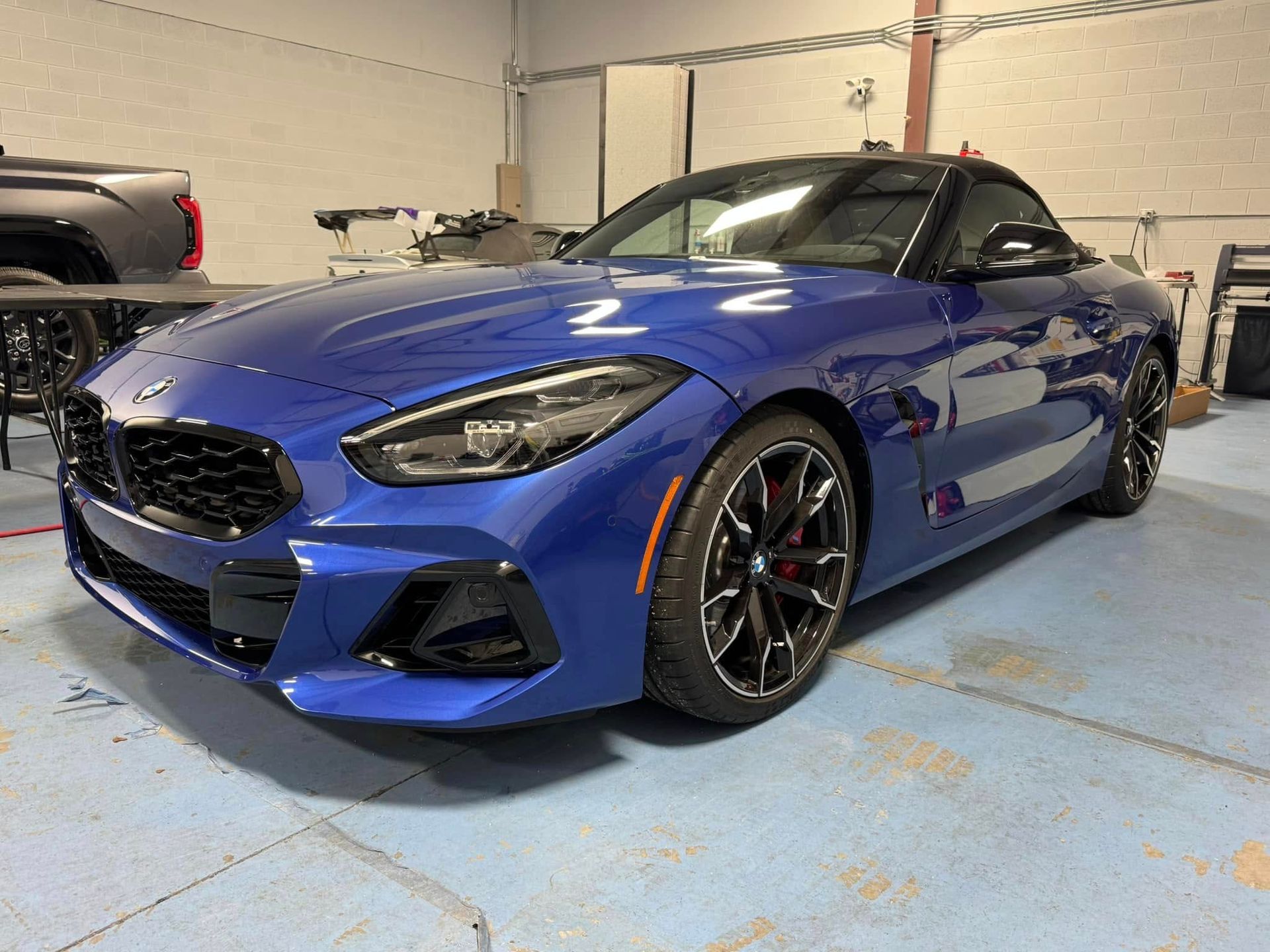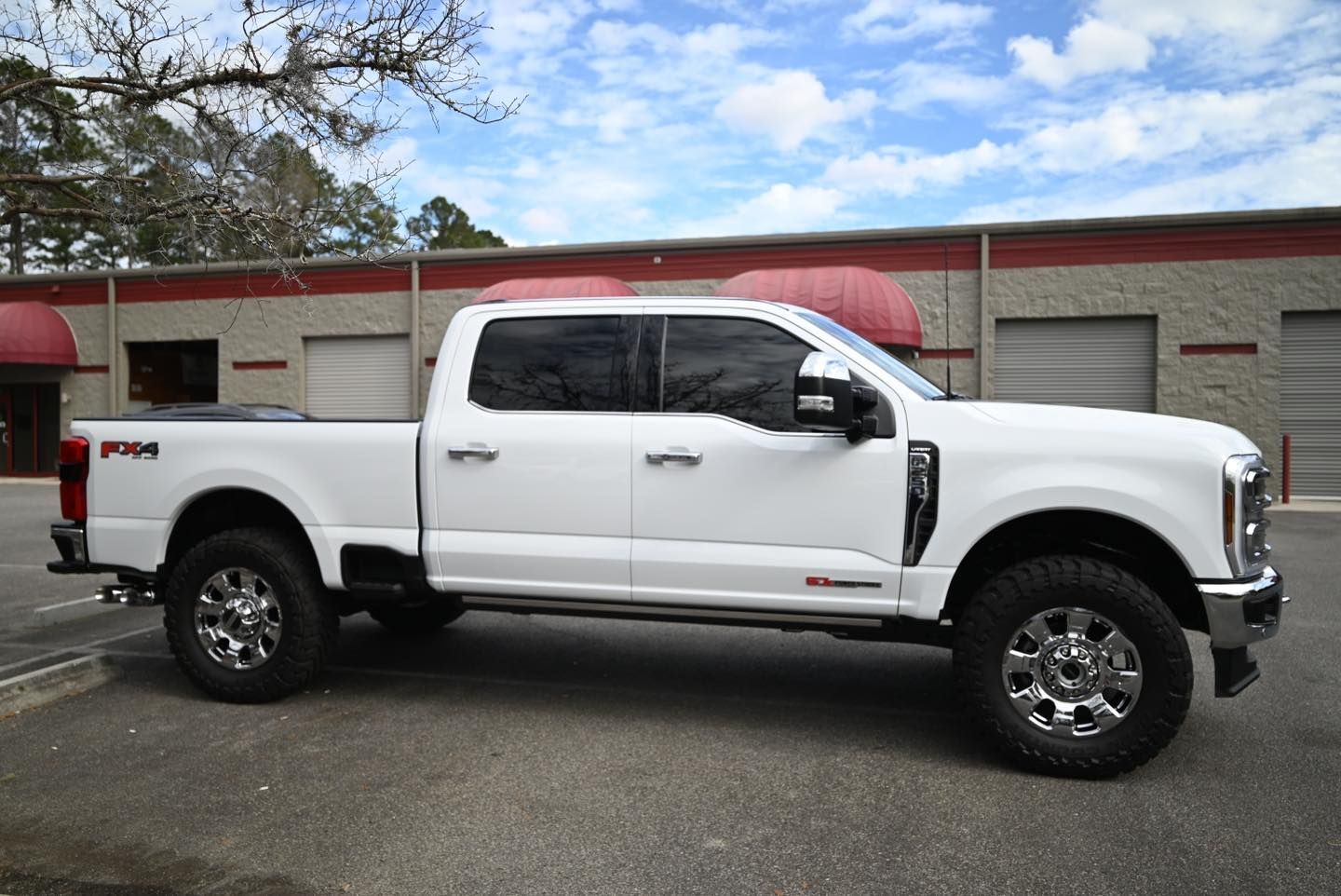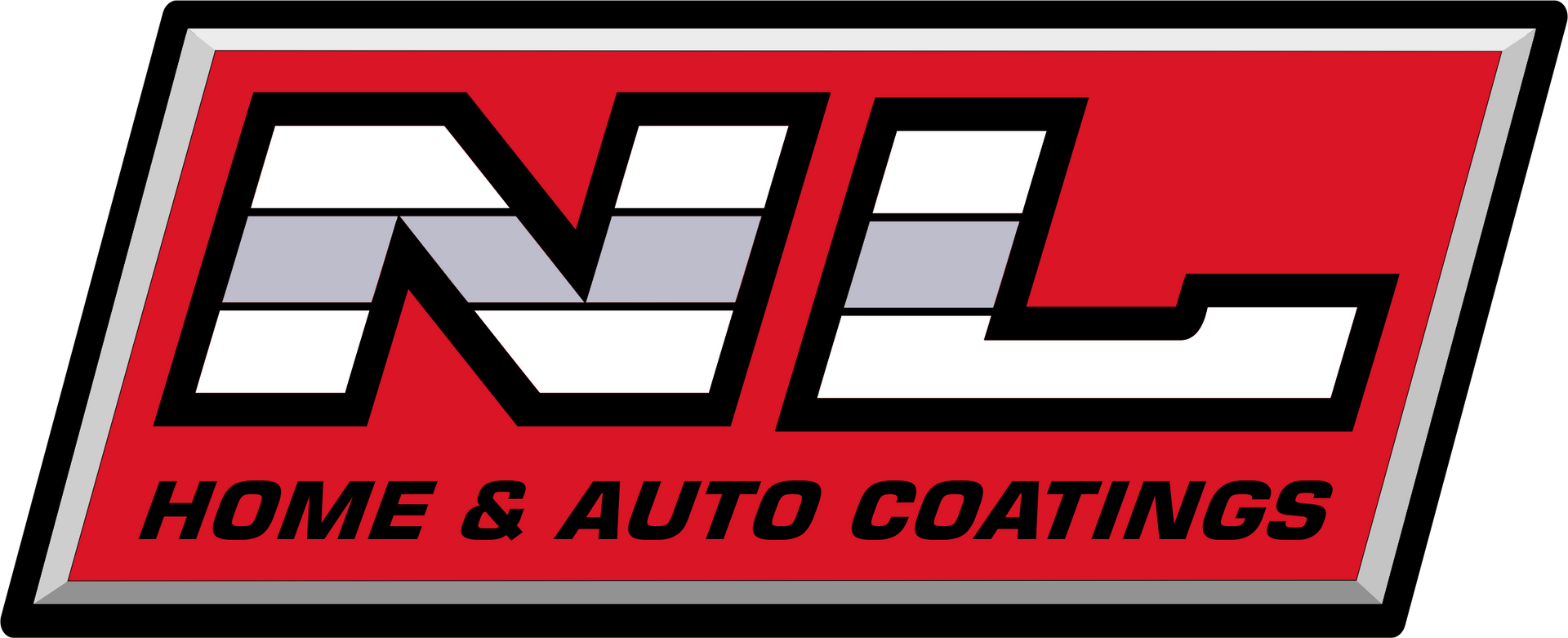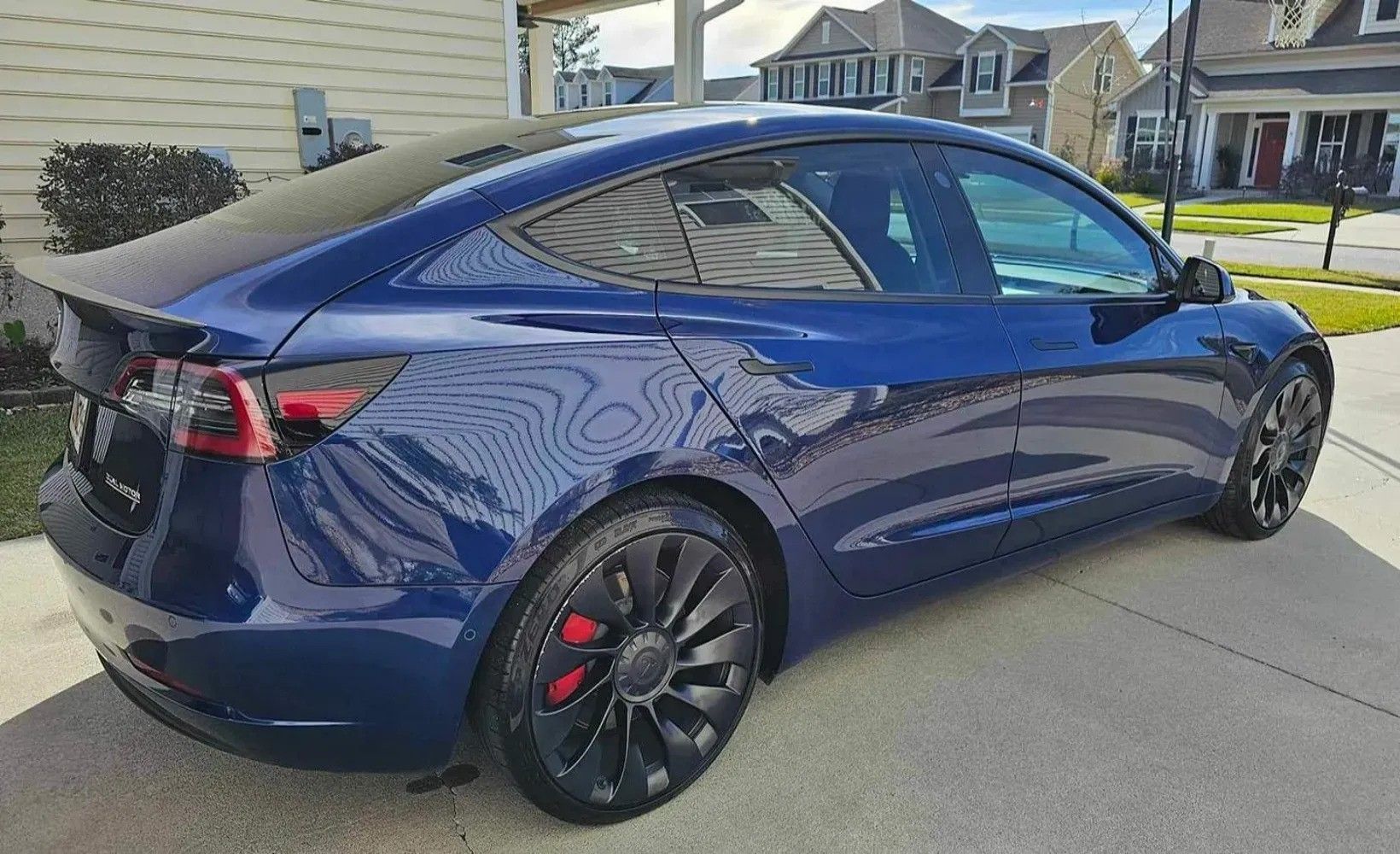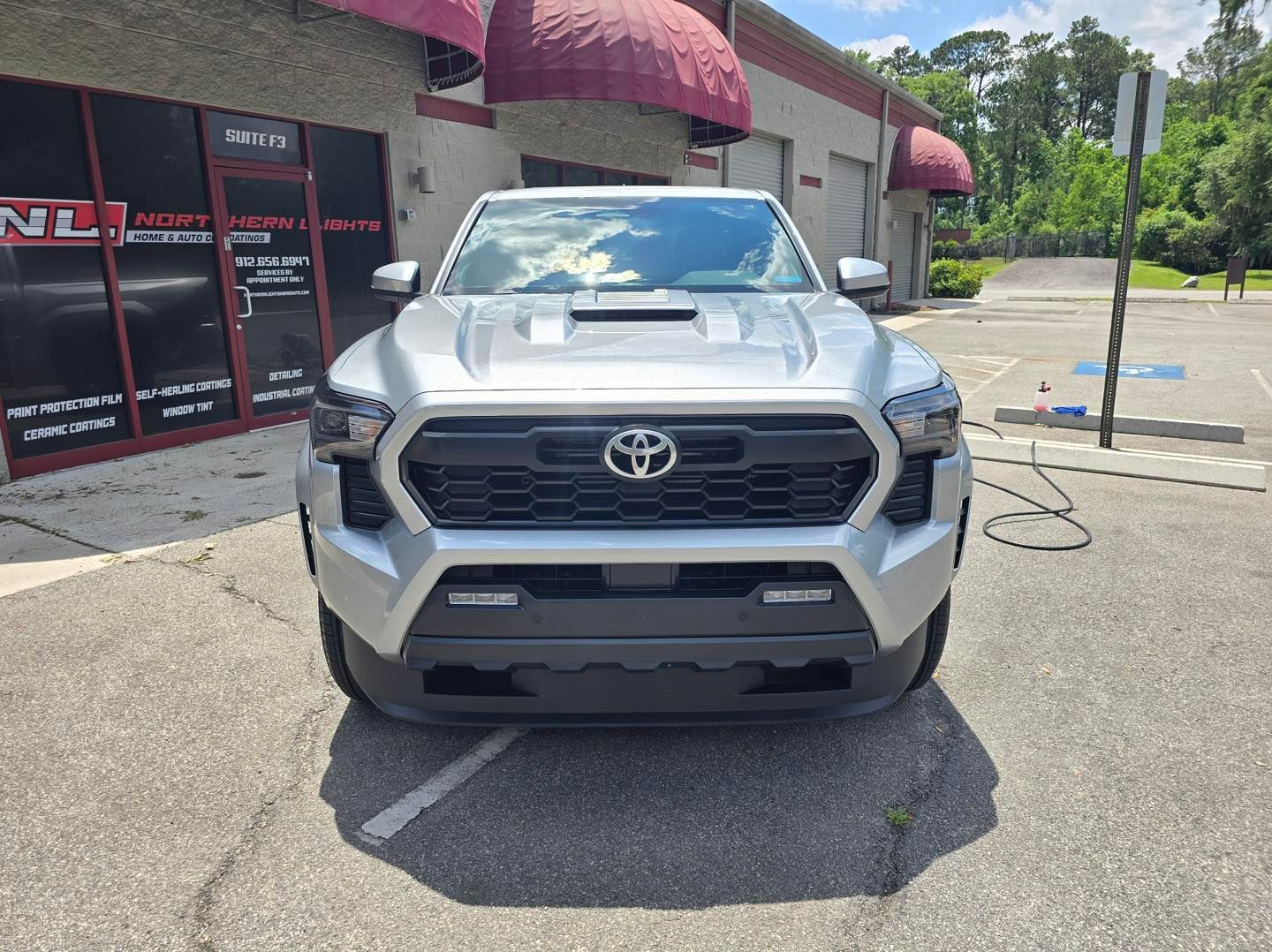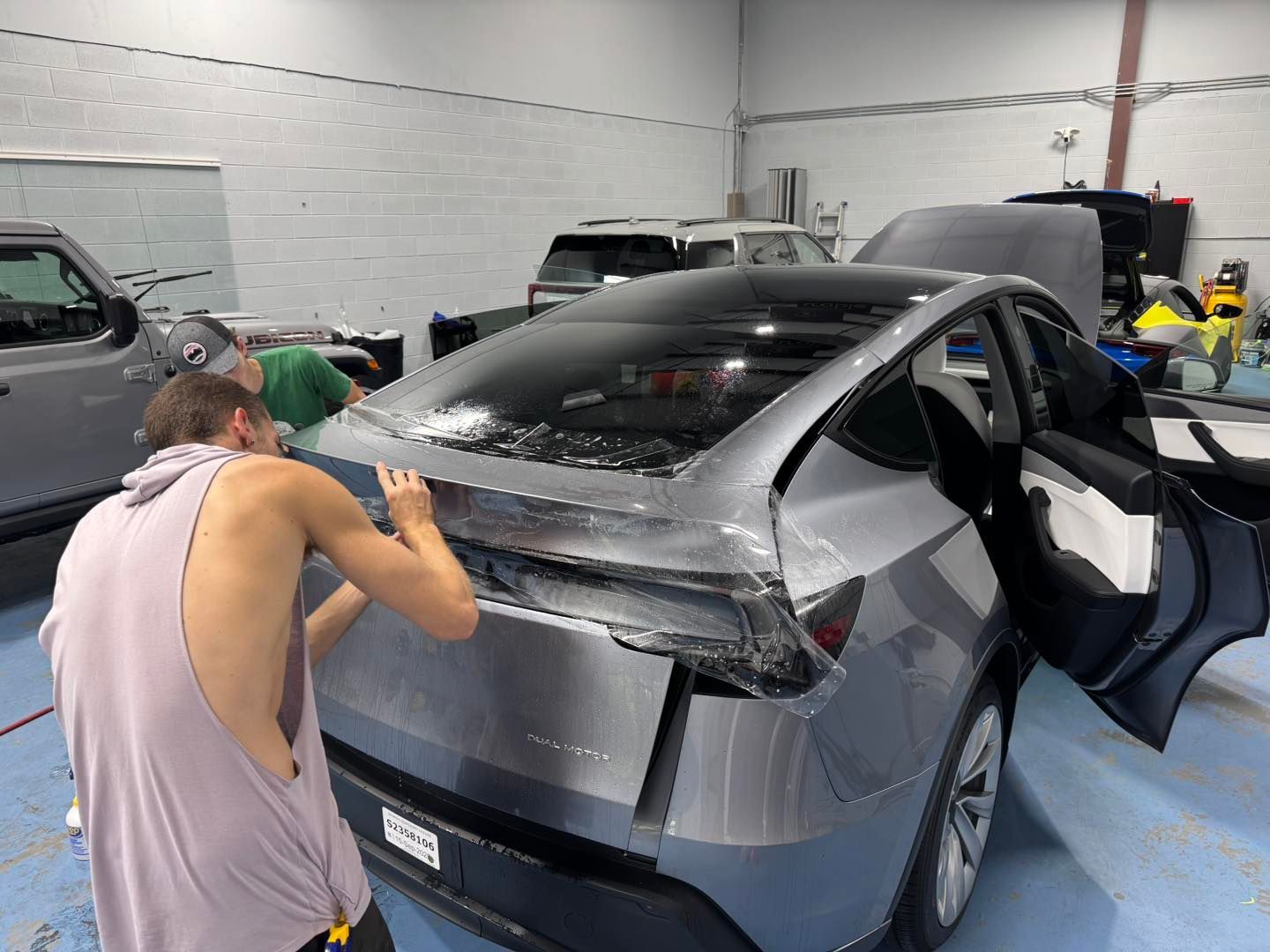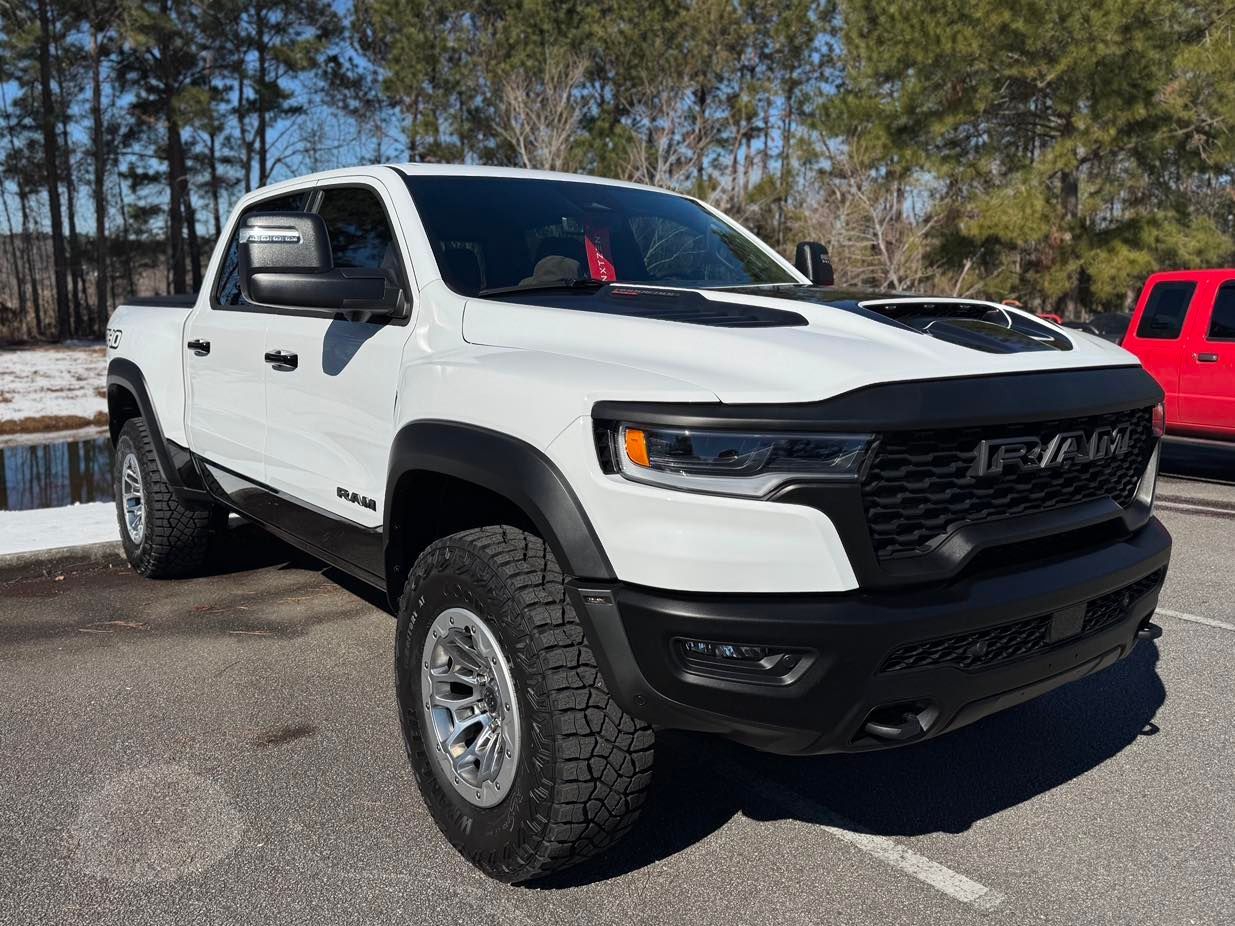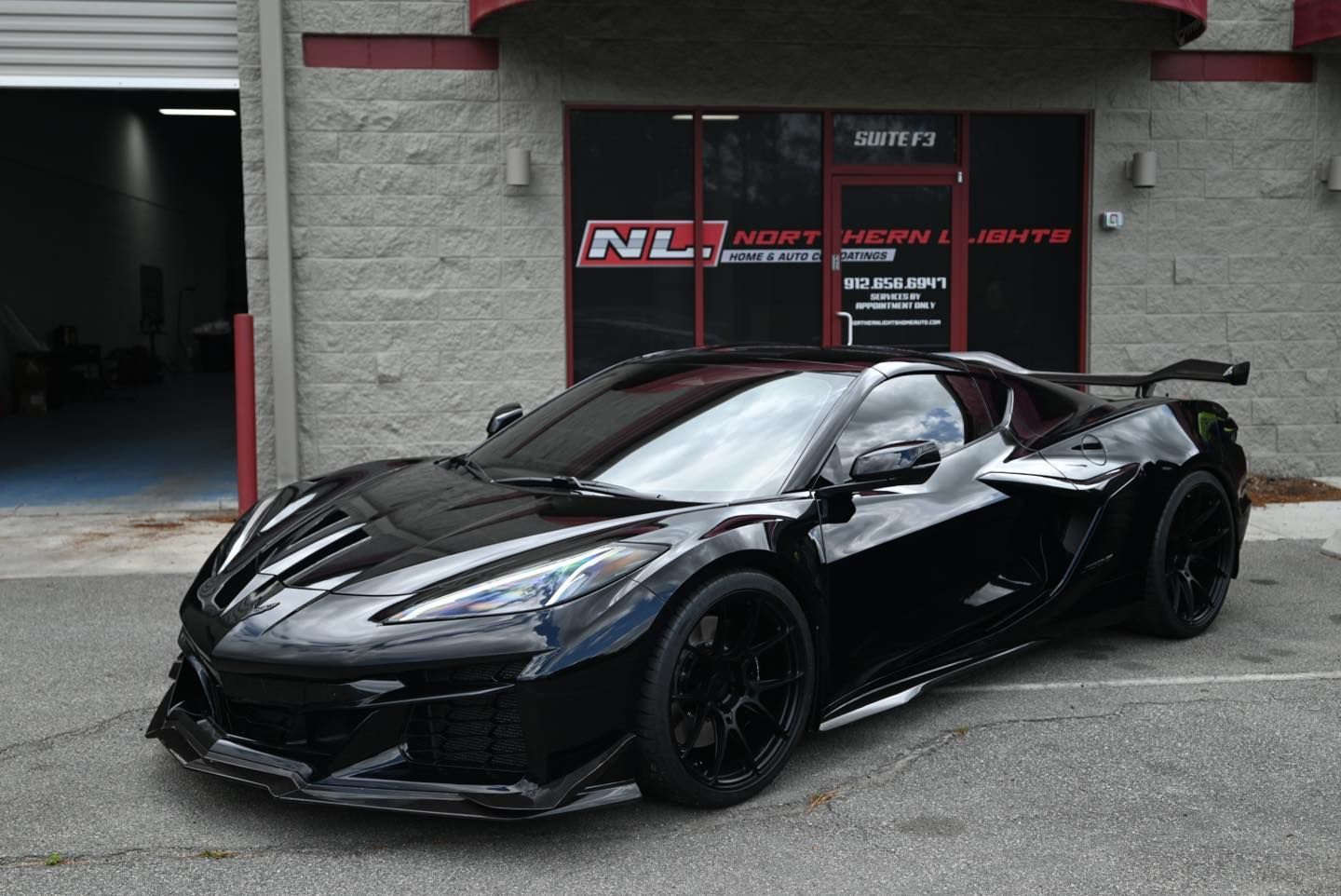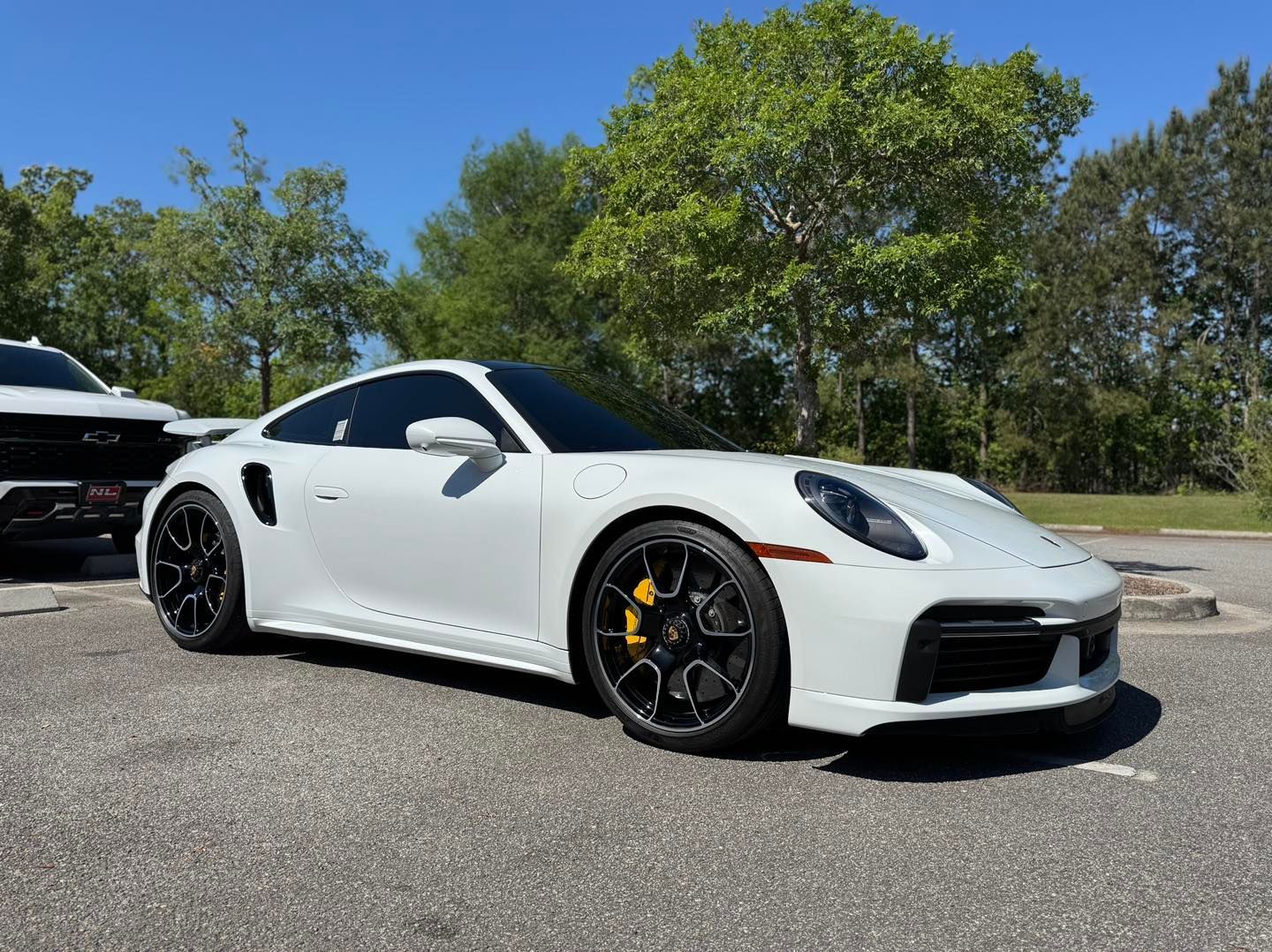5 Simple Methods of Car Exterior Protection: The Best Way to Protect Car Paint
Kickstart a journey of self-care for your vehicle with our latest blog post, where we explore five simple yet effective DIY techniques for car exterior protection. Discover how to maintain its perfect finish while protecting it against road and weather hazards; our easy-to-follow techniques and budget-friendly solutions offer solutions to ensure it looks good long after care has ended. Give yourself peace of mind that your beloved ride is in good hands for its next journey with us!
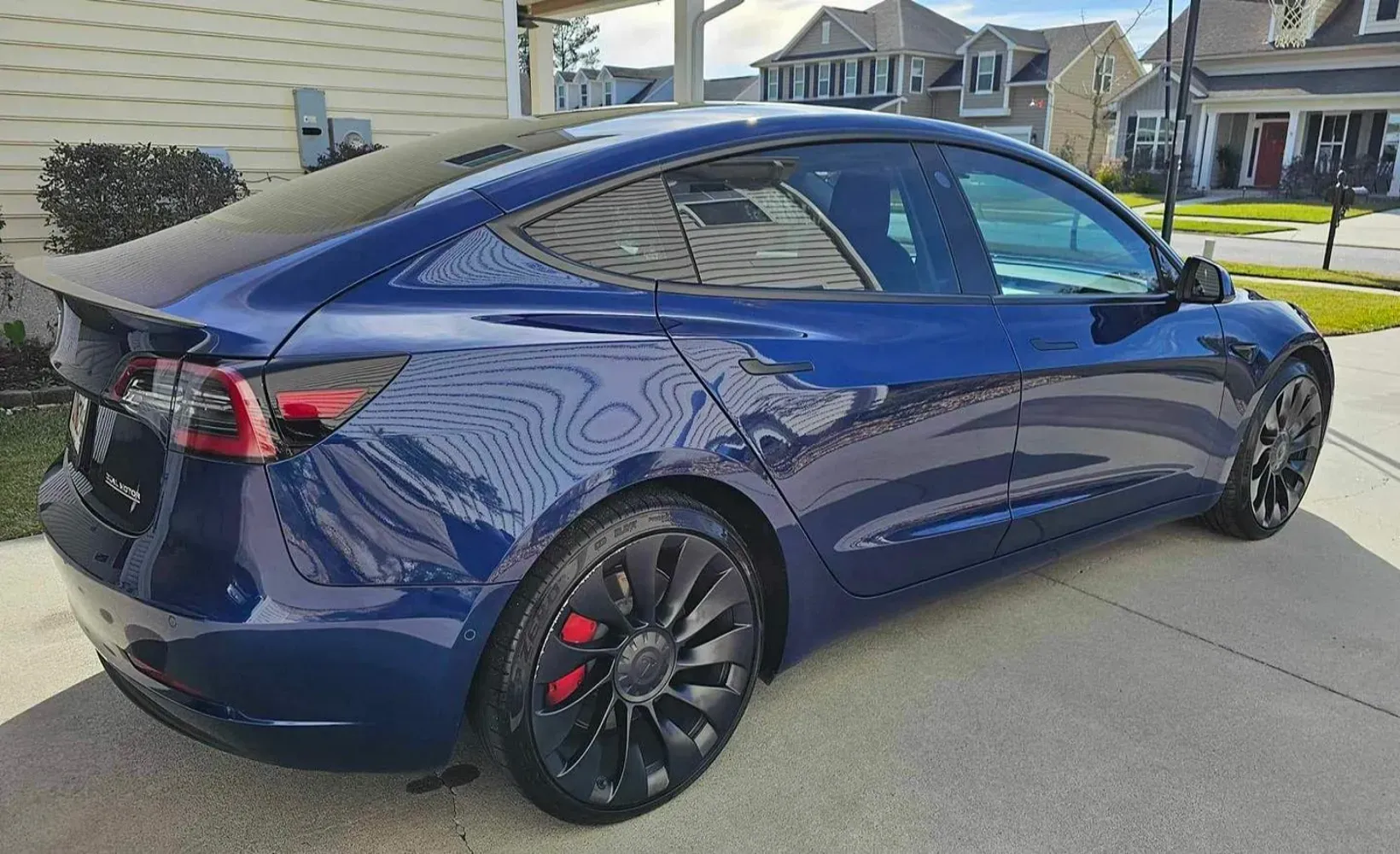
DIY Car Exterior Protection Methods
When it comes to taking care of your car's exterior, several do-it-yourself (DIY) methods can help protect and preserve its appearance. By dedicating a little time and effort to these simple strategies, you can extend the lifespan of your vehicle and maintain its resale value. Let's explore five effective DIY car exterior protection methods that you can easily incorporate into your regular maintenance routine.
1) Regular Car Wash
Keeping your car clean goes beyond just aesthetics; it's crucial for maintaining its long-term condition. As mentioned earlier, dirt, grime, and other substances can slowly eat away at the paintwork, leading to fading and potential damage. Regular car washing is a simple yet effective way to combat these harmful elements.
To ensure thorough cleaning without causing harm, it is vital to use high-quality car wash chemicals. These products are specifically designed to break down and remove dirt particles while being gentle on the paintwork. When combined with proper washing techniques, such as using a microfiber cloth or sponge, you can effectively lift away contaminants without scratching or damaging the surface.
Remember, investing time in manually washing your vehicle allows you to have better control over the process and ensures every nook and cranny receives attention. Plus, it's an opportunity for you to inspect for any potential damage or areas in need of additional care.
In many ways, regularly washing your car's exterior is like regularly taking showers or baths. It's a refreshing ritual that not only cleanses but also helps maintain a healthy state. Just as our bodies deserve cleanliness for optimal well-being, our vehicles require cleanliness for optimal longevity.
2) Usage of Car Wax or Sealant
When it comes to protecting your car's exterior, one of the tried and true methods is the use of car wax or sealant. These products create a barrier between your vehicle's paint and the harsh elements it's exposed to on a daily basis. By applying a layer of wax or sealant, you can enhance the shine of your car while also providing an added layer of protection against UV rays, dirt, and other contaminants.
Car wax and sealants work by filling in microscopic imperfections on the surface of your vehicle's paint. This creates a smoother finish that helps repel water and dirt. Additionally, car waxes often contain ingredients that provide UV protection, preventing your paint from fading over time due to sun exposure. A good waxing or sealing routine can extend the lifespan of your car's paintwork and keep it looking vibrant for years to come.
Think of car wax or sealant as sunscreen for your car. Just like you protect your skin from harmful UV rays, wax and sealant act as a protective shield against sun damage to your vehicle's paint. They provide an extra layer of defense, keeping your car looking youthful and protecting its value.
3) Application of Ceramic Coating
In recent years,
ceramic coatings have gained immense popularity as one of the best methods for car exterior protection. These innovative products are designed to bond with the surface of your vehicle, creating a durable and long-lasting shield against environmental hazards. Ceramic coatings offer enhanced protection against UV rays, oxidation, chemical stains, and even minor scratches.
One of the key
advantages of ceramic coatings is their long-lasting performance. Unlike traditional waxes or sealants, which require frequent reapplication, ceramic coatings can provide protection for several years. This means less time spent on maintenance and more time enjoying your beautifully protected vehicle. With hydrophobic properties, these coatings repel water, making it easier to clean your car and reducing the chance of water spots or mineral deposits forming on the surface.
4) Tire Cleaning and Protection
When it comes to car detailing, many people tend to focus solely on the exterior paintwork. One important component often overlooked in detailing your vehicle is tire cleaning and protection - yet tires play an essential role in both its functionality and appearance; keeping them looking their best will give your ride a polished and professional finish.
Tire cleaning and protection come to the rescue! By regularly cleaning your tires, not only can unsightly dirt be removed, but it also helps prevent harmful accumulations such as brake dust, road salt and tar. With purpose-made cleaners formulated for different wheel types (e.g., aluminium alloy), stubborn build-up can be effectively eliminated without damaging the surface of your tire.
However, cleaning alone will not suffice to ensure optimal tire maintenance. Just as paint needs wax or sealant protection from harsh elements, tires require their own safeguard against them.
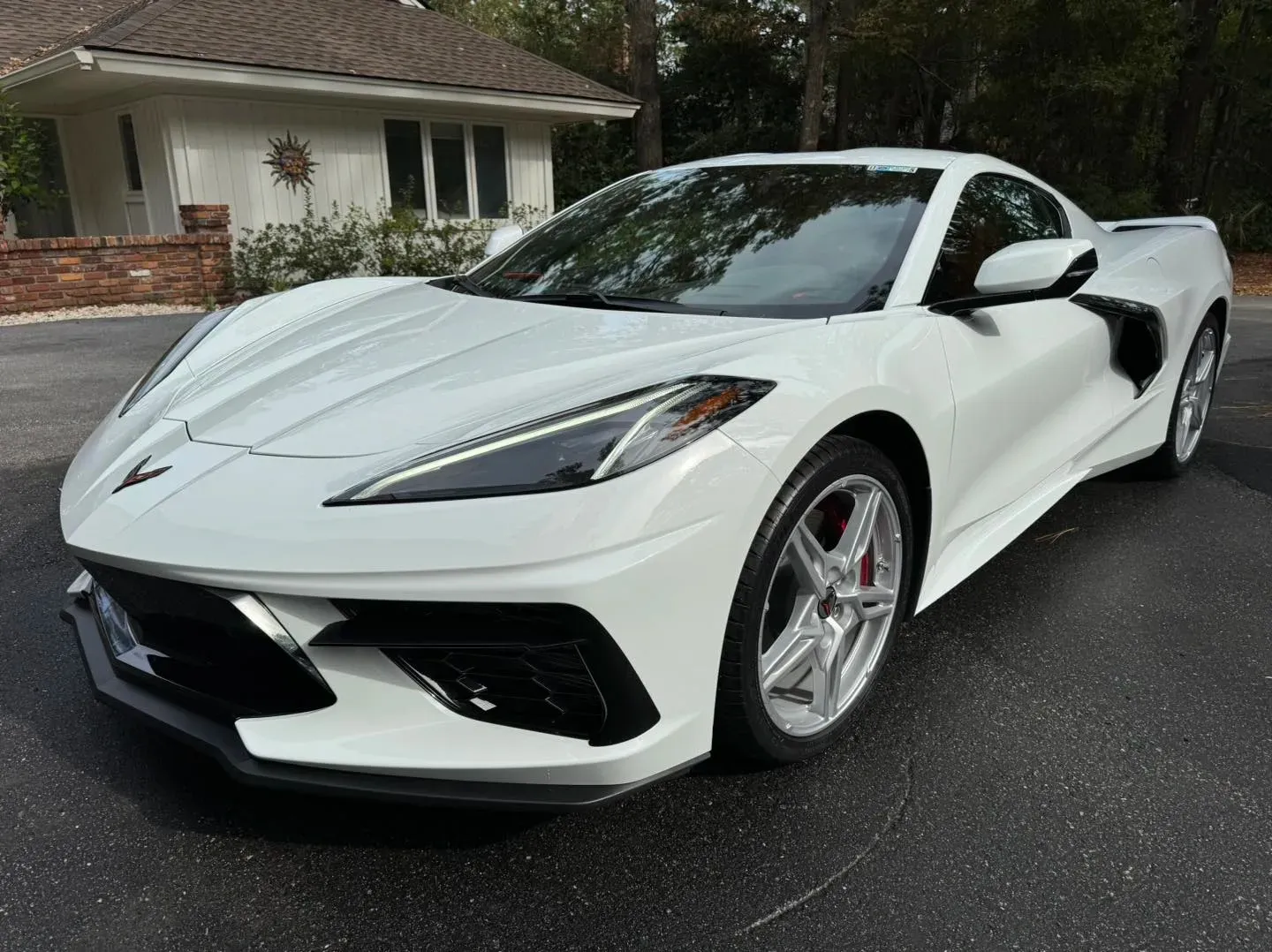
5) Frequent Detailing for Surface Enhancement
While regular maintenance is crucial for protecting the exterior of your car, if you want to go the extra mile and achieve a truly pristine finish, frequent
detailing is essential. Detailing involves deep cleaning every nook and cranny of your vehicle, focusing on restoring its showroom-like appearance. But it's not just about aesthetics; detailing also helps rejuvenate the surface by removing contaminants that can cause long-term damage.
Frequent detailing tackles these issues head-on. By using specialized clay bars or lubricants during the detailing process, it effectively removes stubborn contaminants from the paint surface, leaving it smooth and free from imperfections. This process not only restores shine but also enhances color vibrancy, making your car look brand new.
Role of Regular Maintenance in DIY Exterior Protection
Regular maintenance plays a significant role in DIY exterior protection for your car. While there are various methods and products available to protect your car's exterior, none of them can truly be effective without consistent upkeep. Just like any other investment, your car requires attention and care to maintain its longevity and appearance.
By incorporating regular maintenance into your DIY exterior protection routine, you ensure that all the efforts you put into protecting your car are maximized. This means regularly washing your car and removing dirt and debris that can damage the paintwork. It also involves waxing or sealing the paint on a timely basis to maintain a protective layer against UV rays and other harmful substances in the environment.
Ultimately, incorporating regular maintenance into your DIY exterior protection routine is essential for preserving the appearance and value of your car. By dedicating a small amount of time and effort consistently, you can ensure that your car remains protected from environmental elements and maintains its shine for years to come. So, make it a habit to care for your car just as you would care for any other valuable possession in your life.
When To Seek Professional Exterior Detailing Service
While DIY methods may provide sufficient car exterior protection, sometimes professional help becomes essential. Professional exterior detailing delivers an unmatched, comprehensive experience that cannot be replaced by DIY solutions alone. Complex tasks, like paint correction, scratch removal, or the application of advanced protective coatings, should always be left in the hands of professionals.
Experience, specialized tools, and premium products ensure professional services provide superior care and protection that cannot be accomplished with DIY efforts alone. When you seek professional help for your car's appearance or upkeep, you are not only investing in long-term durability and expertise that DIY methods may fail to offer; you are also investing in long-term durability and expertise that DIY methods may struggle to offer.
Protect Your Vehicle's Paint with Northern Lights Home & Auto Coatings
Northern Lights Home & Auto Coatings understands the importance of protecting the beauty and value of your vehicle. Our dedication to perfection distinguishes us as the ideal choice for your auto detailing needs. We go above and beyond to provide unrivaled protection for your vehicle, using meticulous attention to detail, cutting-edge procedures, and premium-quality goods.
Choose Northern Lights Home & Auto Coatings to take the next step in improving the external defense of your vehicle.
Contact us today to set up an appointment and enjoy the outstanding quality of care that has earned us the reputation of industry specialists. Your vehicle deserves the finest, and we're here to provide it. Book now and let us highlight the radiance of your vehicle's exterior.
